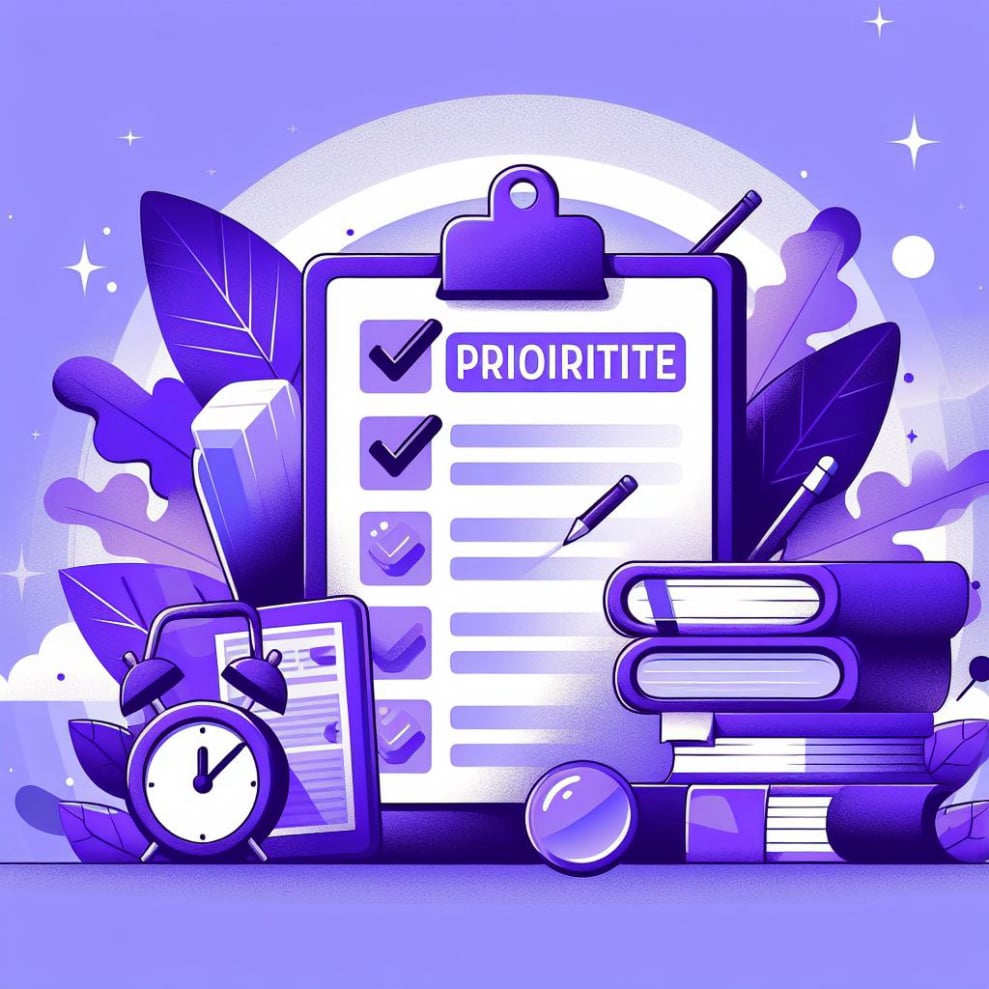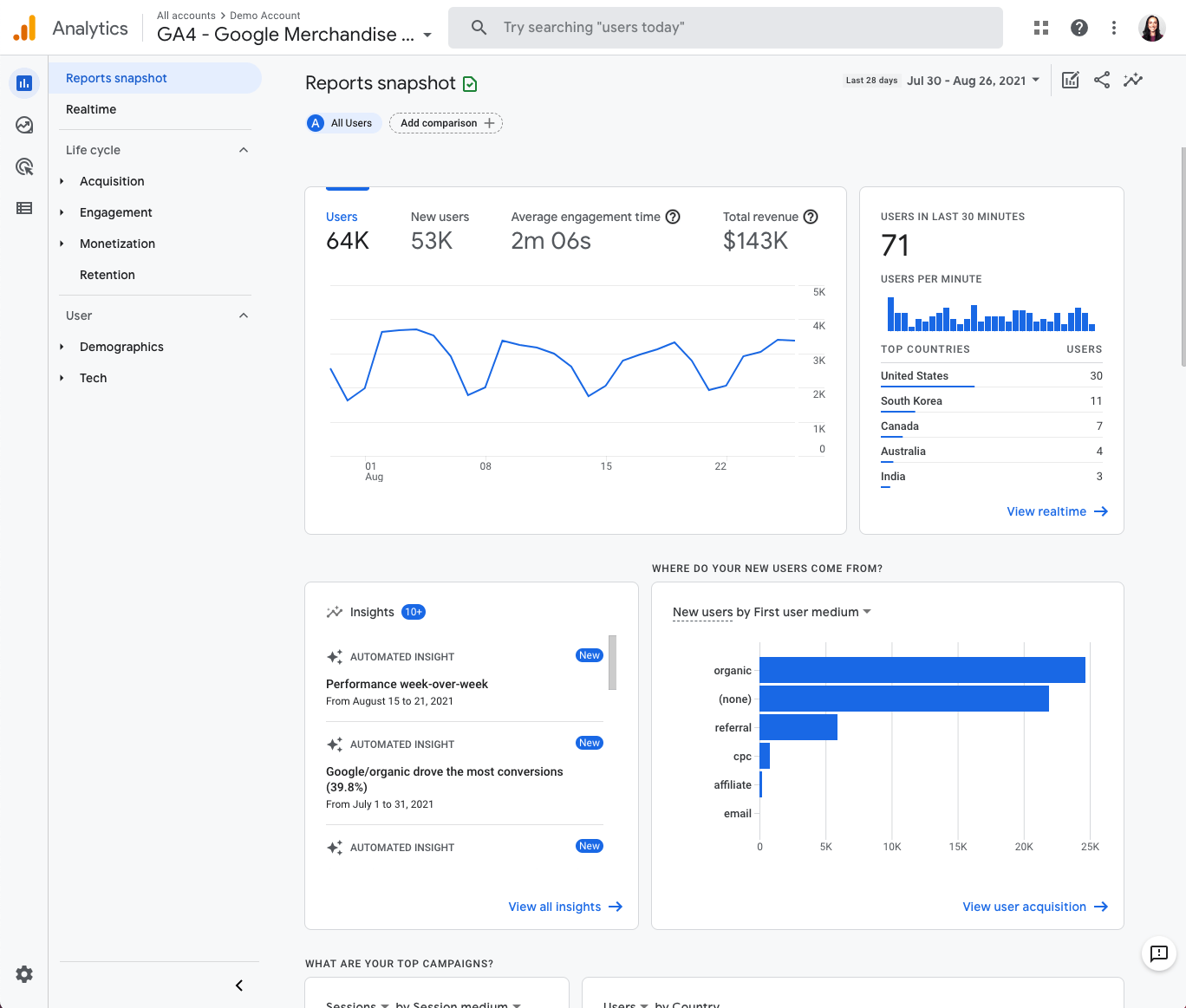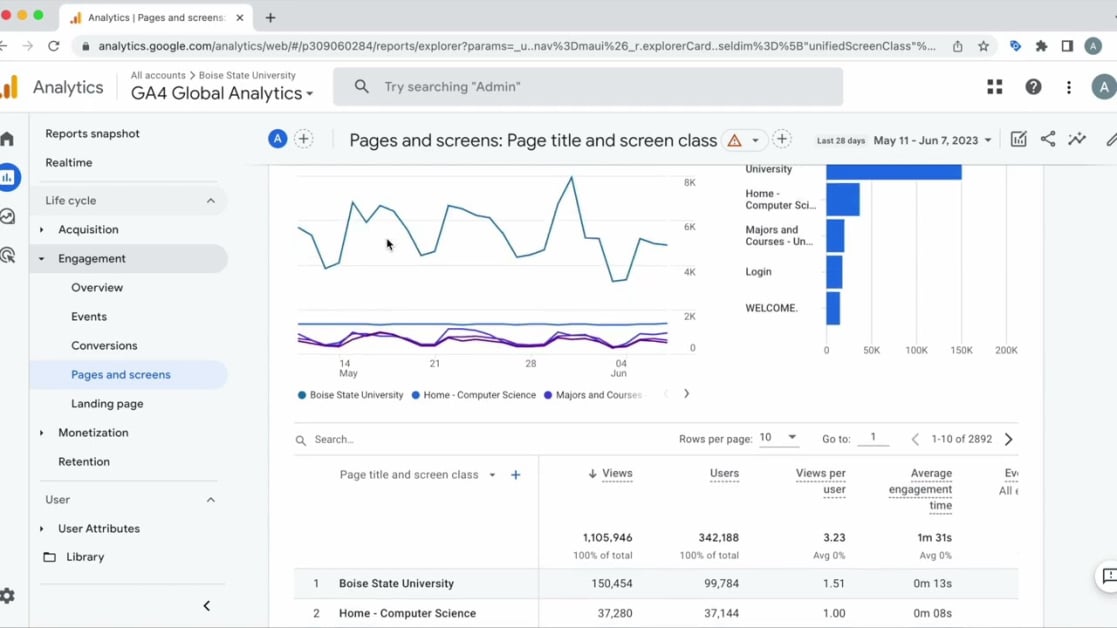The Power of Analytics for Ideation
If you've ever looked at your analytics, you know they reveal a wealth of insights about your audience. Things like:
- Demographics - Who are they in terms of age, gender, location etc. This shapes the types of topics and framing that will appeal most.
- Engagement signals - What content and topics inspire them to like, comment and share the most? These are proven audience pleasers.
- Search patterns - What keywords and questions are they using to find your content? These uncover hidden interests and information needs.
- Behavioral data - How do people interact with and flow through your site and content? This shows cognitive and emotional responses.








